Understanding the 26t Silo
A 26t silo is an essential structure for the agricultural sector, designed to store 26 tons of material, typically grain. This category of silos is crucial for maintaining the quality of stored products by providing a controlled environment that shields them from external elements and pests.
Types and Applications
Silos, including the 26-ton capacity variant, come in various types to cater to different storage needs. They are widely used in agriculture for storing bulk materials such as grains, feed, and other granular products. Their applications extend to industries that require dry storage solutions, such as in the handling of rice, soybeans, and other crops.
Features and Materials
The construction of a 26t silo involves materials that resist decay, corrosion, and rust. Stainless steel and aluminum are commonly used due to their durability and longevity. These silos may include features like climate control systems and advanced ductwork to manage the flow and maintain the quality of the contents.
Advantages of Using a 26t Silo
Utilizing a 26t silo for storage presents several advantages. It ensures the preservation of product quality over time and provides a solution for space management challenges. The silo's design also allows for efficient loading and unloading processes, which is vital for operational productivity.
Capacity and Durability Considerations
When selecting a 26t storage silo, considering the capacity needs and durability is important. These silos are designed to accommodate the long-term storage needs of various agricultural operations, from extensive farming to smaller-scale businesses.
Specialized Silos for Different Agricultural Needs
The market offers specialized 26t silos tailored for specific agricultural requirements. For instance, feed silos are available for livestock industries, including poultry, pork, and cattle, which can integrate with automated feeding systems. Similarly, grain silos are optimized for particular types of crops, ensuring that each silo meets the unique needs of the stored commodity.



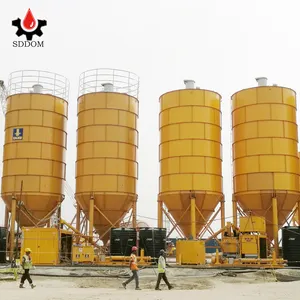





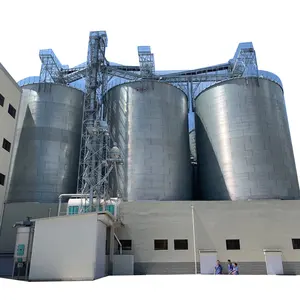





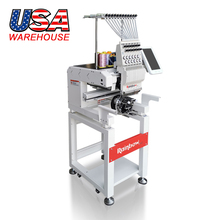
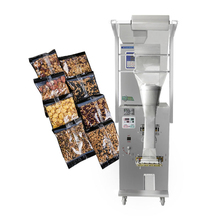

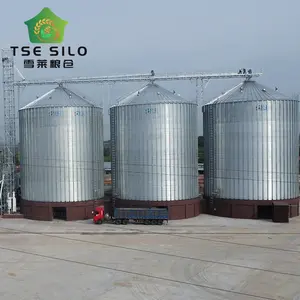
























 浙公网安备 33010002000092号
浙公网安备 33010002000092号 浙B2-20120091-4
浙B2-20120091-4